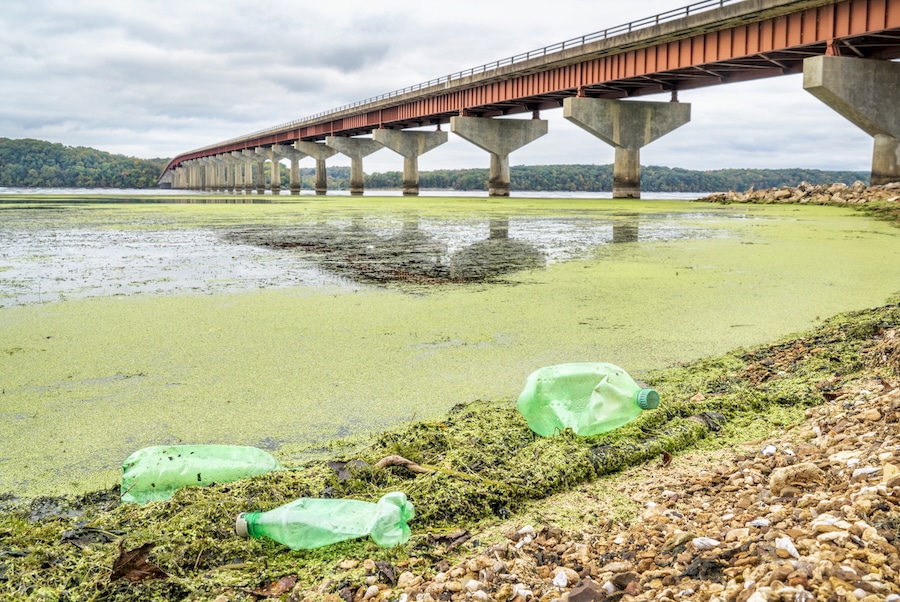This post was originally published on Eco Watch
A group of seven conservation organizations has successfully petitioned the Alabama Environmental Management Commission (AEMC) to update the Alabama Department of Environmental Management’s (ADEM) water toxicity standards for 12 pollutants.
In April, the group filed a Petition for Rulemaking that argued that the existing water toxicity standards in Alabama did not properly protect public health, especially for limiting toxins in consumed fish and water. According to the petition, the state did not revise its toxicity values for pollutants under the Clean Water Act based on updated scientific information.
According to David Ludder, the attorney representing the petitioning group, ADEM did not update toxicity values used for analyzing surface water quality for several pollutants for more than 10 years, even after scientific data was updated to show the pollutants were more toxic than previous data had shown.
The toxic pollutants named in the petition included cyanide, arsenic, 1,3-Dichlorobenzene, 4,6-Dinitro-2-methylphenol, ethylbenzene, toluene, 1,3-Dichloropropylene, hexachloroethane, pentachorophenol, trichoroethylene, and 1,2,4-Trichlorobenzene.
“While the toxicity values for the toxic pollutants in Appendix A may have reflected the best science and scientific judgment available at the time of their adoption by the Commission, new information and scientific methods have become available which demonstrate that the toxicity values for the abovementioned priority toxic pollutants are not sufficient to protect human health,” the petition stated.
“Protection of human health is certainly the highest priority for the Commission. It is more important than protection of Alabama’s aquatic life and certainly more important than protection of the economic well-being of Alabama’s industries,” the petition concluded.
ADEM has argued that it was already planning to propose updates in late 2026 based on its schedule for triennial reviews, Inside Climate News reported. However, Ludder noted that despite regular reviews, there had been no updates to the standards for the pollutants since 2015, even though the U.S. Environmental Protection Agency (EPA) had updated its own guidance.
“If our rules say we should be following [the EPA standard], we should be following it until we have a scientific basis to do something different,” said Commissioner Lanier Brown, as reported by Inside Climate News. “And we don’t have something different, so we’ve got to follow those.”
This month, AEMC approved the petition, meaning the threshold of pollutant values for water quality will be lower, allowing for far smaller amounts of each pollutant in waterways. The updated standards are expected to be proposed later this year.
“It’s long past time for Alabama to align its water quality standards with current science and protect communities from these harmful toxic pollutants,” Charles Miller, policy director for Alabama Rivers Alliance, said in a statement. “We urge the Department to act swiftly and transparently in completing the rulemaking process.”
The petitioning group included Alabama Rivers Alliance, Black Warrior Riverkeeper, Cahaba Riverkeeper, Choctawhatchee Riverkeeper, Coosa Riverkeeper, Environmental Defense Alliance, and Mobile Baykeeper.
The post Environmental Groups Successfully Petition Alabama to Update Water Toxicity Standards appeared first on EcoWatch.





0 Comments